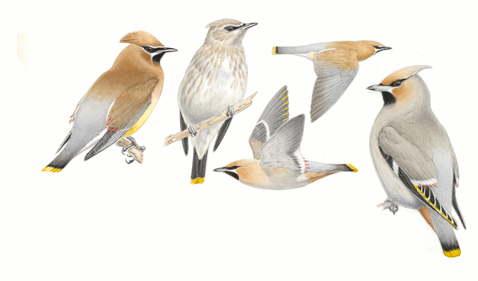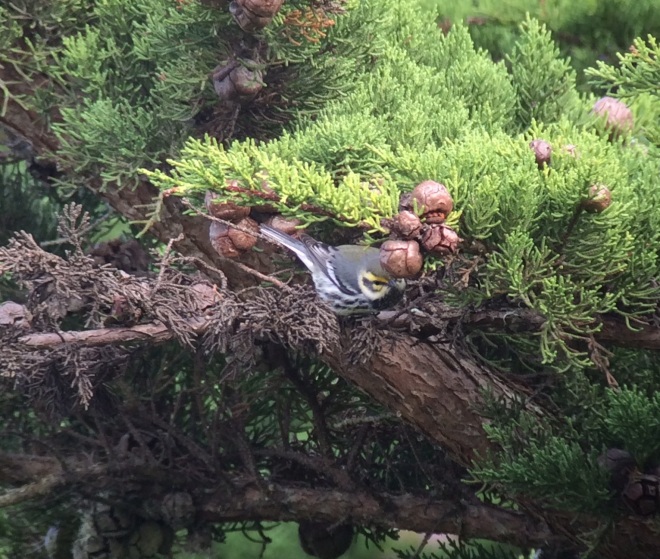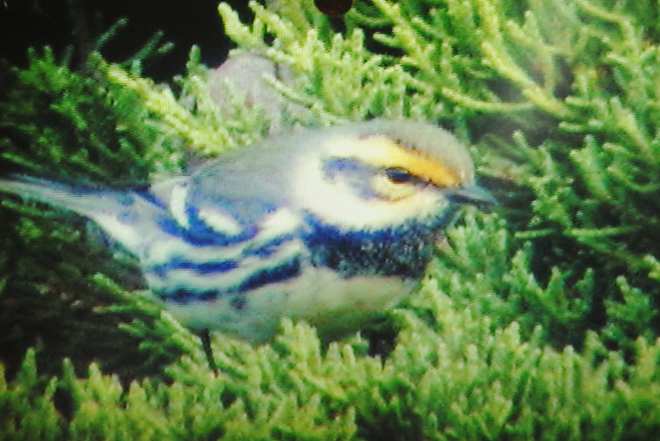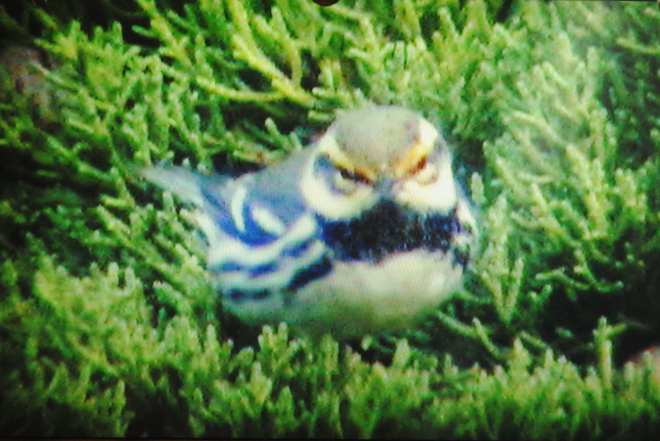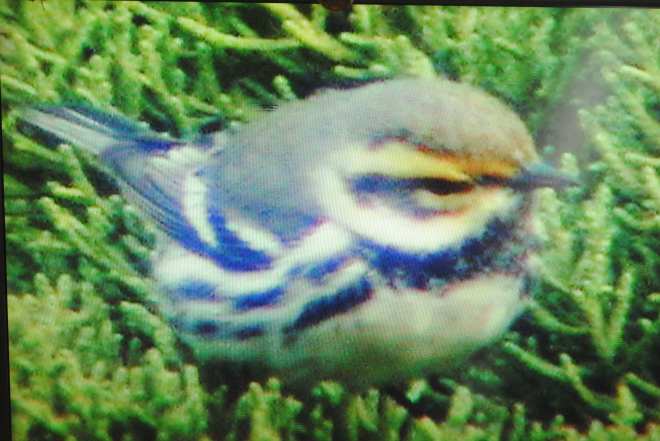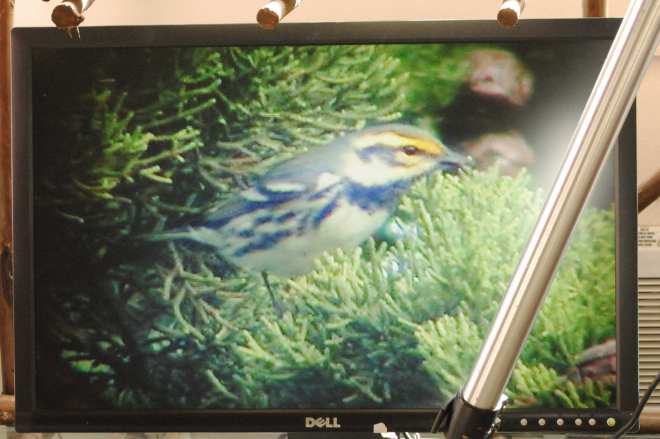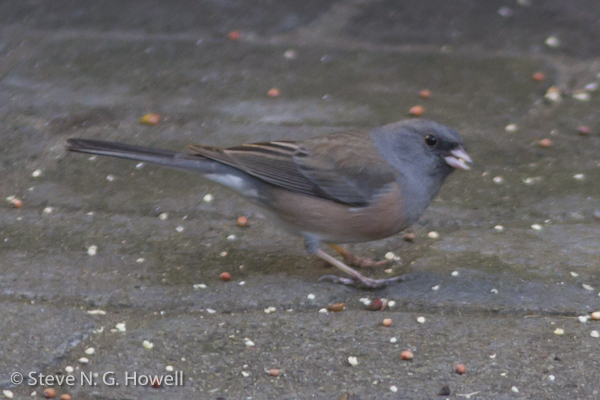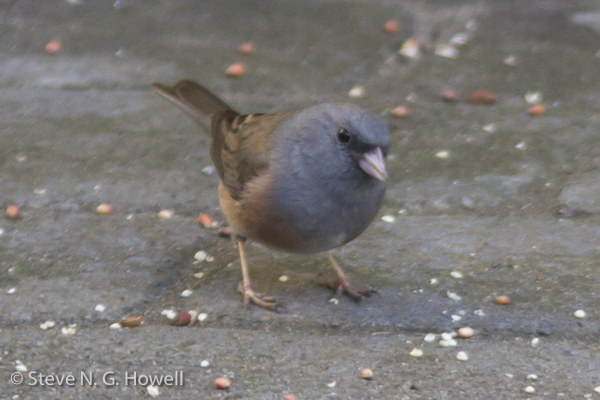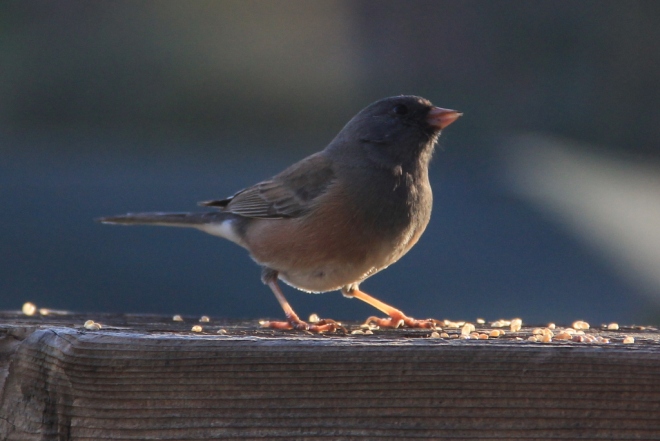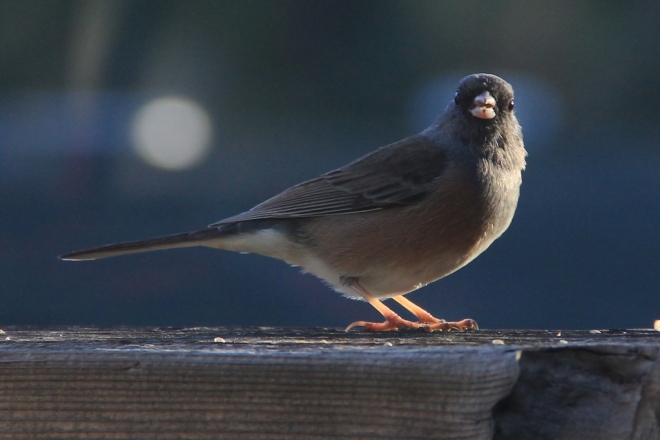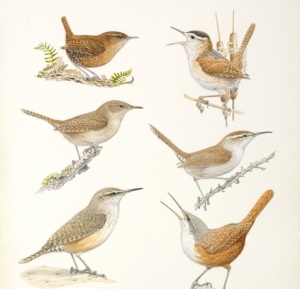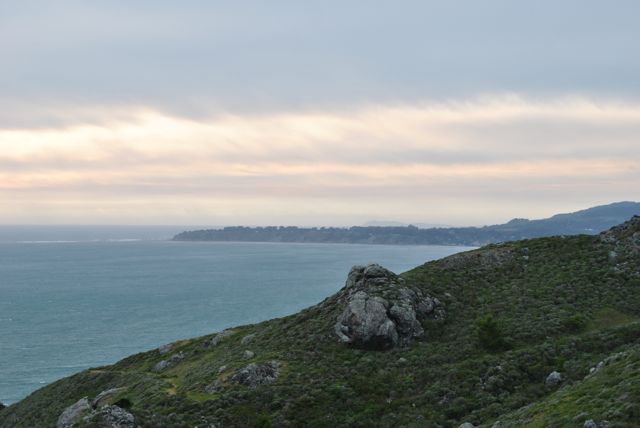
Immerse yourself in the incredible diversity of habitats that exist within the borders of Marin County. Join me on my Bird Walk forays to seek out and behold the avian magic that adorns this rich and varied landscape. Below is the schedule for some up coming trips. I hope you can come along!
FALL & WINTER 2014
Our first few Bird Walks have been a blast and have found us enjoying a wide array of bird life in West Marin. Whether it was a Peregrine Falcon stooping on and catching a California Gull over the Olema Valley and tumbling to the ground with it, or the Tropical Kingbird catching wasps at Agate Beach or the hybrid Hermit X Townsend’s Warbler at Five Brooks Pond, this unique county always seems to inspire and thrill the birder naturalist.
Half Day Walks end around 12:30 to 1:00 PM
Full Day Walks end around 4:00 PM
Wed. Nov. 12th. Point Reyes Peninsula. Full Day $40.00 Bring Lunch
Meet: 7:00 AM @ the Bovine Bakery, Point Reyes Station.
We will proceed to the outer point where we will search the various farms and tree patches looking for late fall migrants and winter birds.
Sat. Nov. 15th. Bolinas. 1/2 Day $25.00
Meet: 7:30 @ The Coast Café, Bolinas.
We will search the Alder and Willow forest of Pine Gulch Creek as well as scoping for seabirds from Agate Beach.
Wed. Nov 26th. Stafford Lake, Rush Creek and Las Gallinas Ponds. Full Day $40.00 Bring Lunch
Meet: 7:30 @ Entrance to Stafford Lake, (3 miles west of Novato on Novato Blvd.)
We will scan the lake for winter waterfowl and bird the surrounding environs for interesting songbirds. Heading east we will partake in the riches of Rush Creek’s mudflats and the Las Gallinas Water Treatment Ponds.
Sat. Nov. 29th. Five Brooks and Bear Valley. ½ Day $25.00
Meet: 7:30 @ Five Brooks Parking lot, located 3 miles south of Olema on Hwy. 1
We will bird the Five Brooks pond area for the start of the stay with songbirds. Next, it’s to Bear Valley Headquarters and Olema Marsh for a change of birds and habitats.
Wed. Dec.10th. Stinson Beach and Bolinas, 100 Species in a Day!
Full Day, $40.00 Bring a lunch.
Meet: 7:30 AM @ The Stinson Beach Post Office.
This will be winter round up with an attempt to see 100 species in a day. Starting in Stinson Beach for sea watching and species along the beach we will continue to Stinson Gulch, the Bolinas Lagoon and with time permitting, Pine Gulch Creek or Agate Beach.
——————————————————————————————————————————————
While we will sometimes be walking on uneven terrain, most walks are quite easy and at a comfortable pace. As is always the case, dress appropriately for changing weather especially if rain is in the forecast. Wear proper footwear. If a walk is canceled due to rain, I will make every effort to contact you ahead of time, otherwise the walk goes. Bring liquids, munchies, sunscreen, a hat, cameras, lens cloth, and of course, binoculars. If you wish to bring a scope, feel free. I will always have mine.
Trips are typically limited to 12 participants.
PLEASE reserve your spot by calling or emailing KEITH HANSEN using the form below: When you do, leave me your contact info, phone or email. To pay, you may do so with a check (made out to Keith Hansen), cash or credit card.
Keith Hansen
415 868 0402
